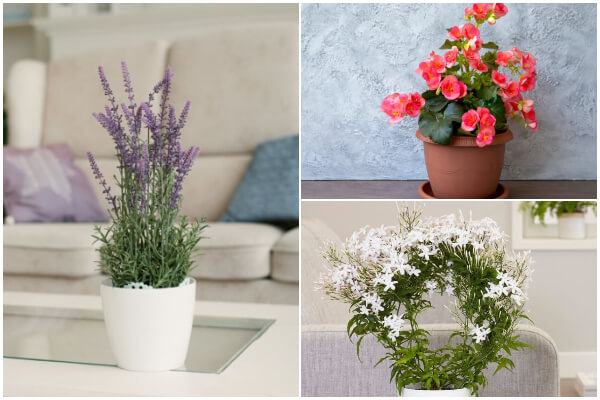Creating a home filled with delightful natural scents can transform your living space into a relaxing and inviting haven. The gentle, natural aromas of fragrant houseplants not only elevate the aesthetics of your home but also provide therapeutic benefits, creating a serene and harmonious atmosphere. From sweet floral notes to refreshing herbal scents, these plants can uplift your mood, reduce stress, and even promote better sleep. Let’s explore 9 of the best fragrant houseplants, their unique qualities, and how to care for them to ensure they thrive indoors.
1. Jasmine (Jasminum spp.)
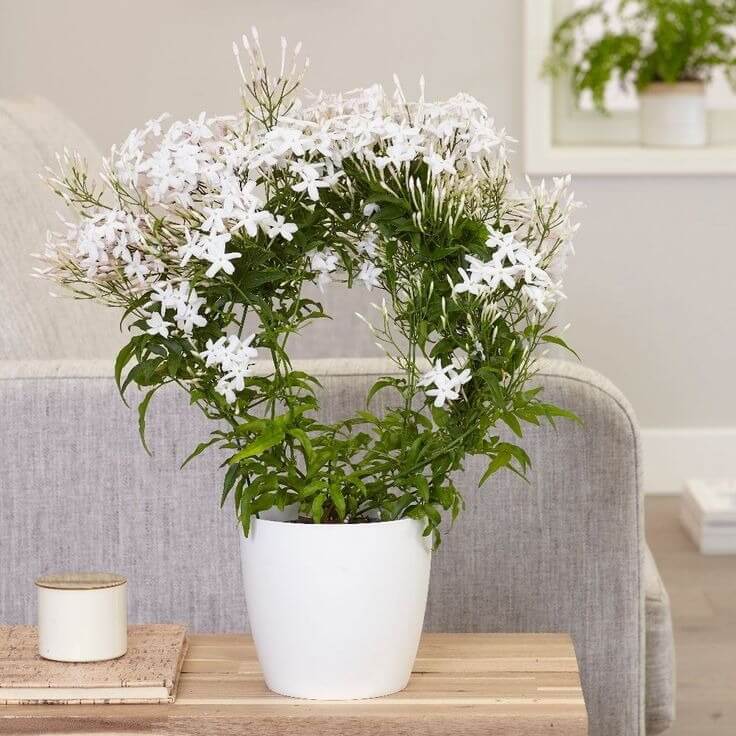
Jasmine is famed for its sweet, exotic fragrance and elegant white or yellow flowers. Its captivating aroma intensifies during the evening, making it a perfect addition to bedrooms or living rooms.
- Care Tips: Jasmine thrives in well-drained soil and requires at least six hours of direct sunlight daily. Place it near a south-facing window for optimal light. Keep the soil moist but avoid overwatering, as jasmine is susceptible to root rot.
- Varieties to Try: Arabian Jasmine (Jasminum sambac) and Common Jasmine (Jasminum officinale) are popular indoor options.
2. Gardenia (Gardenia jasminoides)
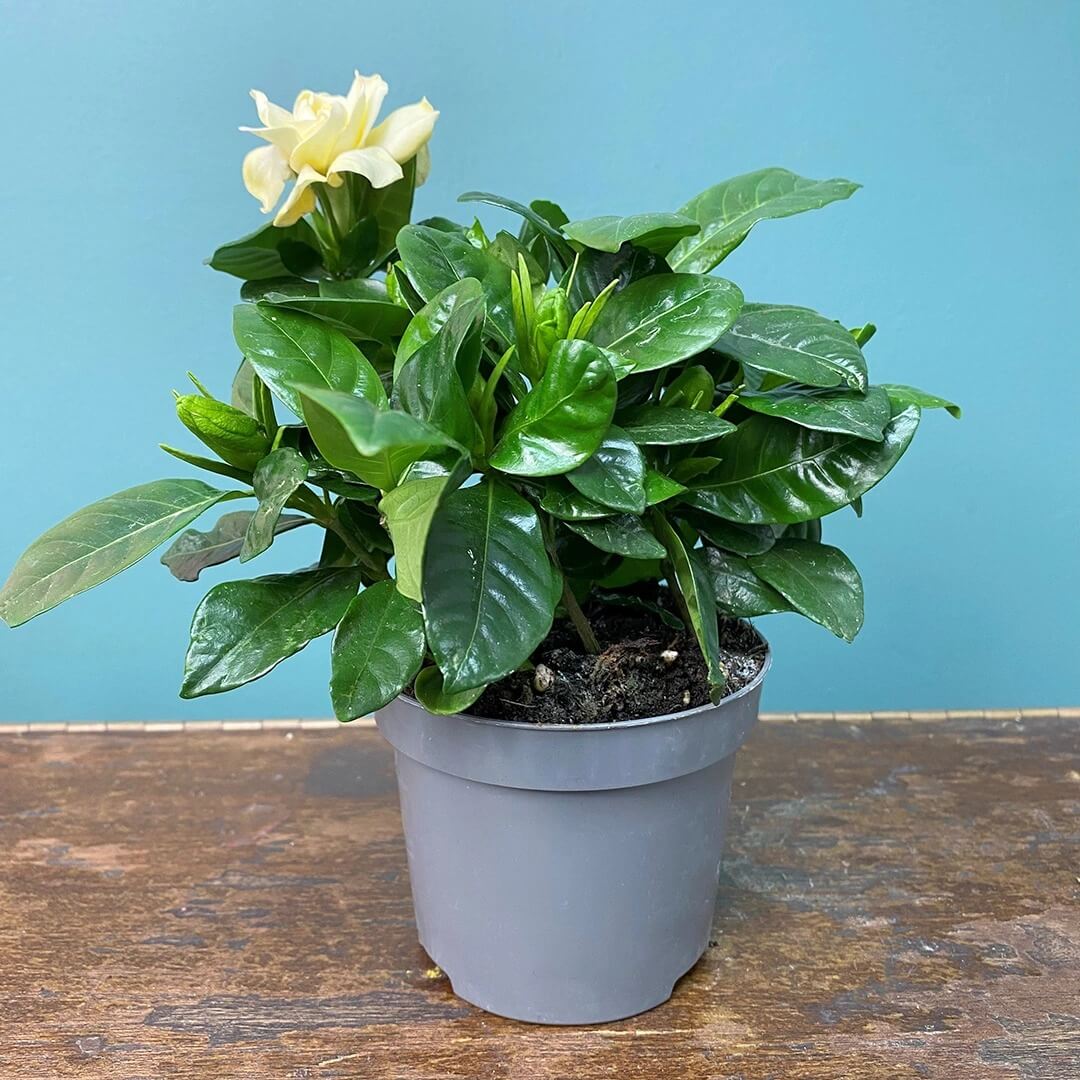
Gardenias are known for their strong, sweet scent and stunning waxy white flowers. Their aroma can fill any room with a summery fragrance reminiscent of jasmine.
They can be finicky, requiring precise watering and temperature control. Avoid placing them near drafts or fluctuating temperatures.
- Care Tips: Gardenias thrive in bright, indirect light and high humidity. They’re ideal for bathrooms or areas with a humidifier. Keep the soil consistently moist and use acidic fertilizer to promote healthy blooms.
3. Lavender (Lavandula spp.)
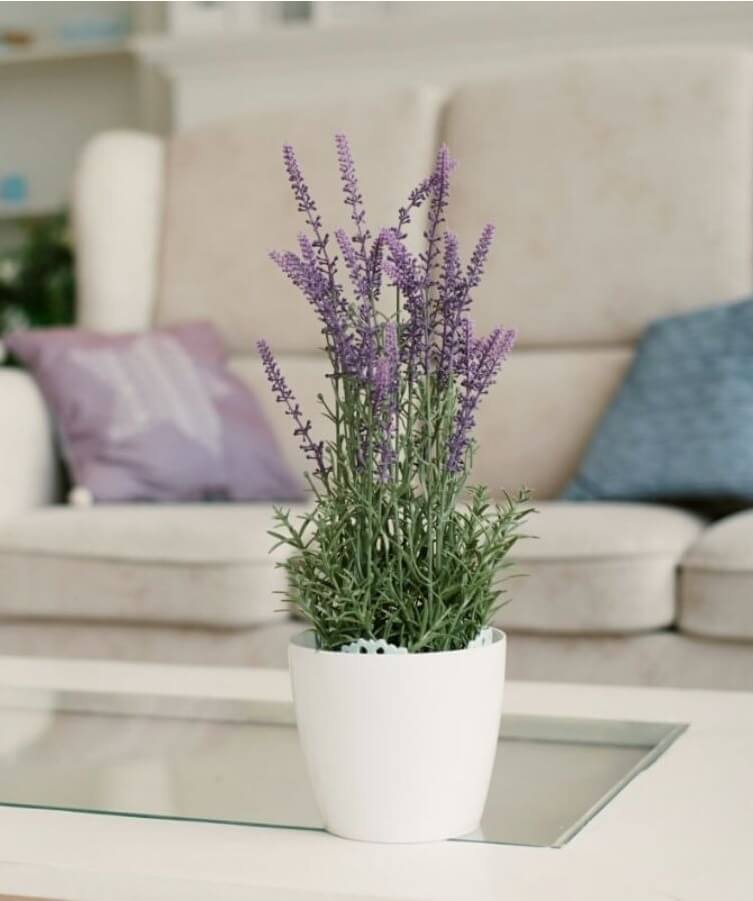
Lavender’s calming and soothing scent is a favorite for promoting relaxation and reducing stress. Its purple flower spikes also add a touch of elegance to any space.
- Care Tips: Lavender requires bright light, ideally near a south-facing window. Allow the soil to dry out slightly between waterings. Ensure the pot has good drainage to prevent waterlogging.
- Varieties to Try: French Lavender (Lavandula dentata) and English Lavender (Lavandula angustifolia) are well-suited for indoor cultivation.
4. Scented Geranium (Pelargonium spp.)
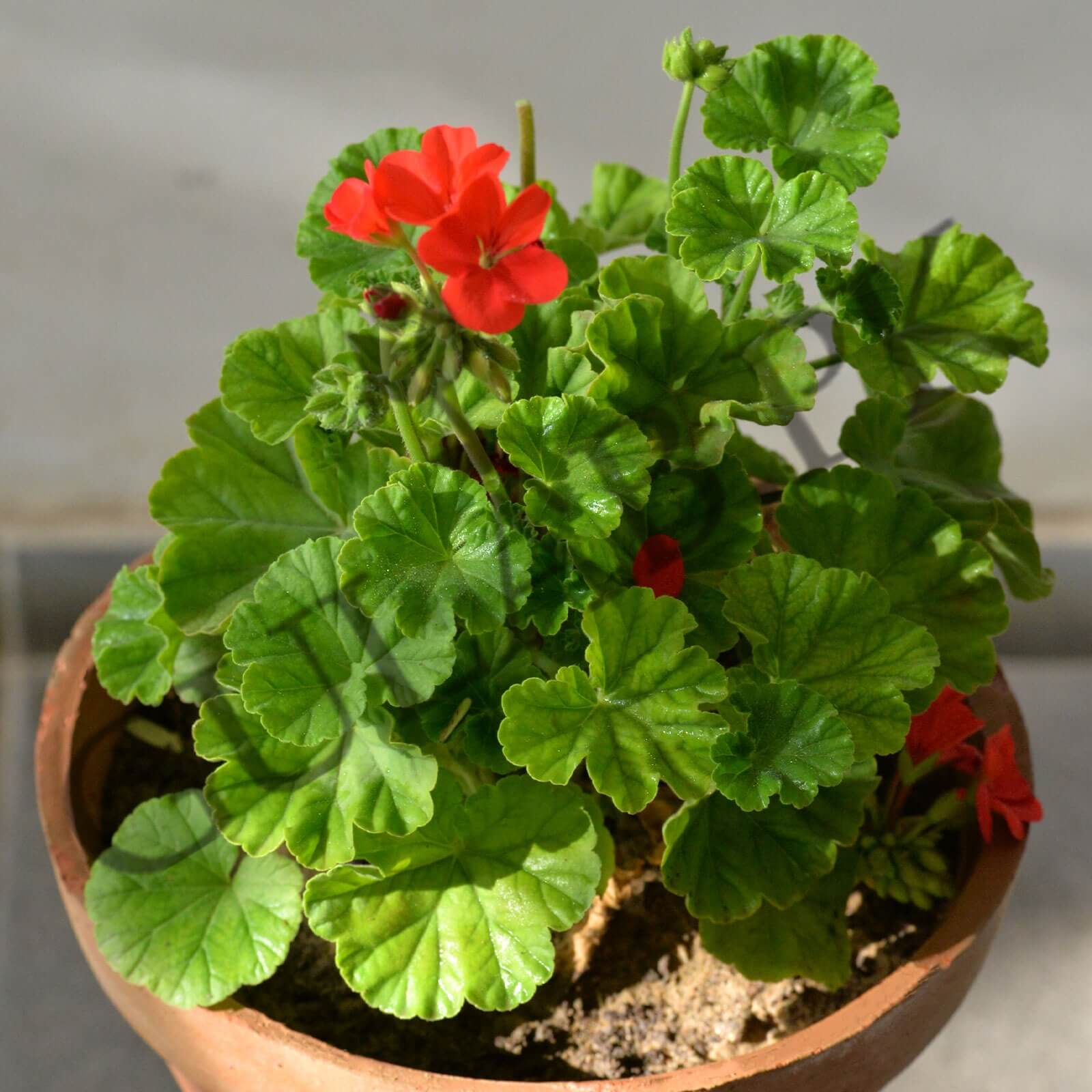
Scented geraniums offer a variety of delightful fragrances, including rose, lemon, mint, and even chocolate. Their textured leaves release their scent when touched or brushed against.
- Care Tips: These plants thrive in moderate conditions with plenty of light. Water them when the top inch of soil feels dry. They’re relatively low-maintenance, making them ideal for beginners.
- Varieties to Explore: Lemon-Scented Geranium (Pelargonium crispum) and Rose-Scented Geranium (Pelargonium graveolens).
5. Orchids (Orchidaceae family)
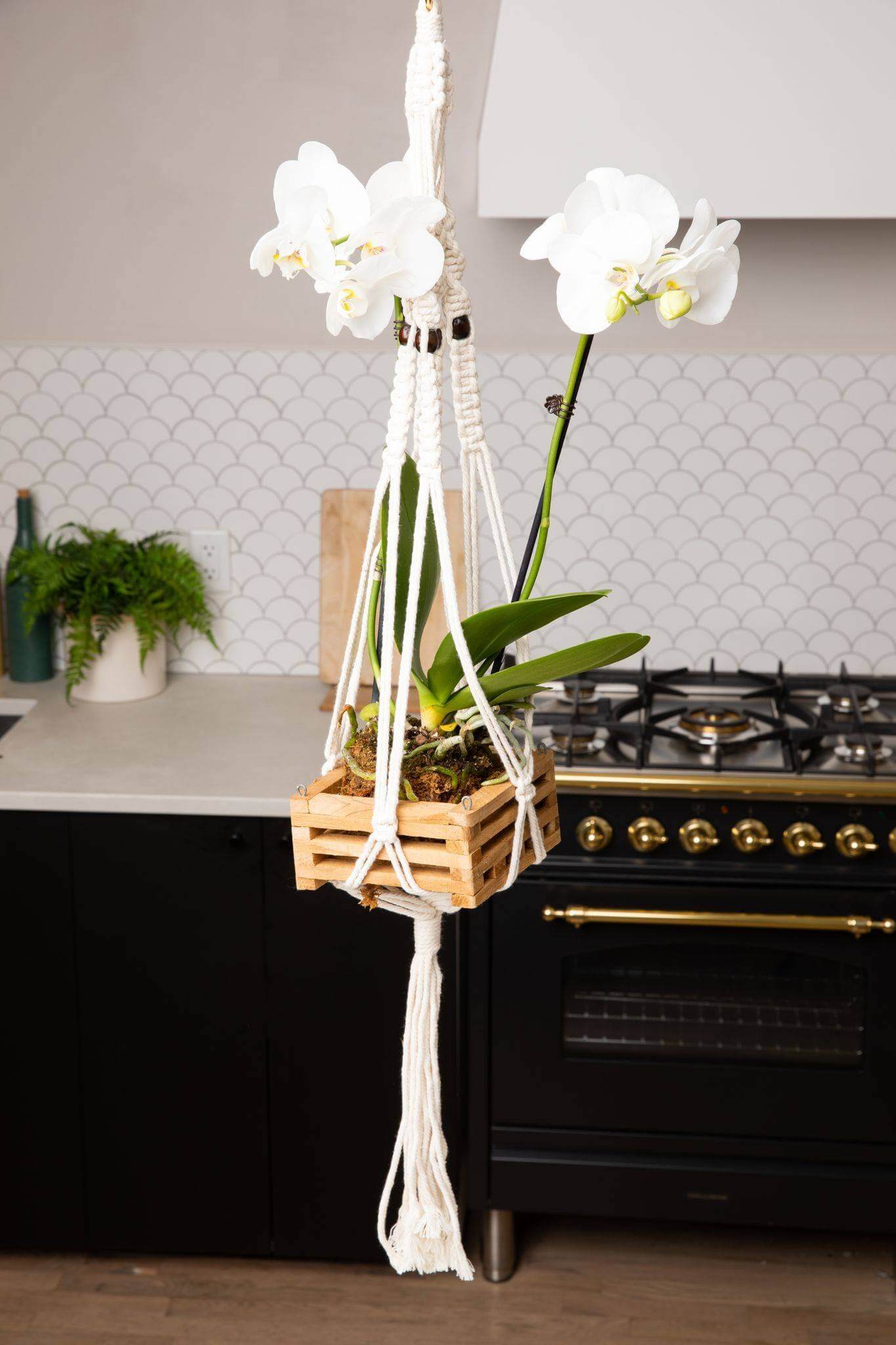
Many orchids are not only visually stunning but also emit unique and delicate fragrances. Cymbidium orchids have a lemony scent, while Brassavola nodosa exudes a lily-like aroma in the evening.
- Care Tips: Orchids prefer bright, indirect light and well-draining potting mixes like bark or sphagnum moss. Water sparingly, allowing the medium to dry slightly between waterings. Humidity is essential, so consider misting regularly.
- Popular Choices: Phalaenopsis and Dendrobium orchids are common for beginners, while more experienced growers may enjoy fragrant varieties like Oncidium Sharry Baby.
6. Citrus Plants (Citrus spp.)
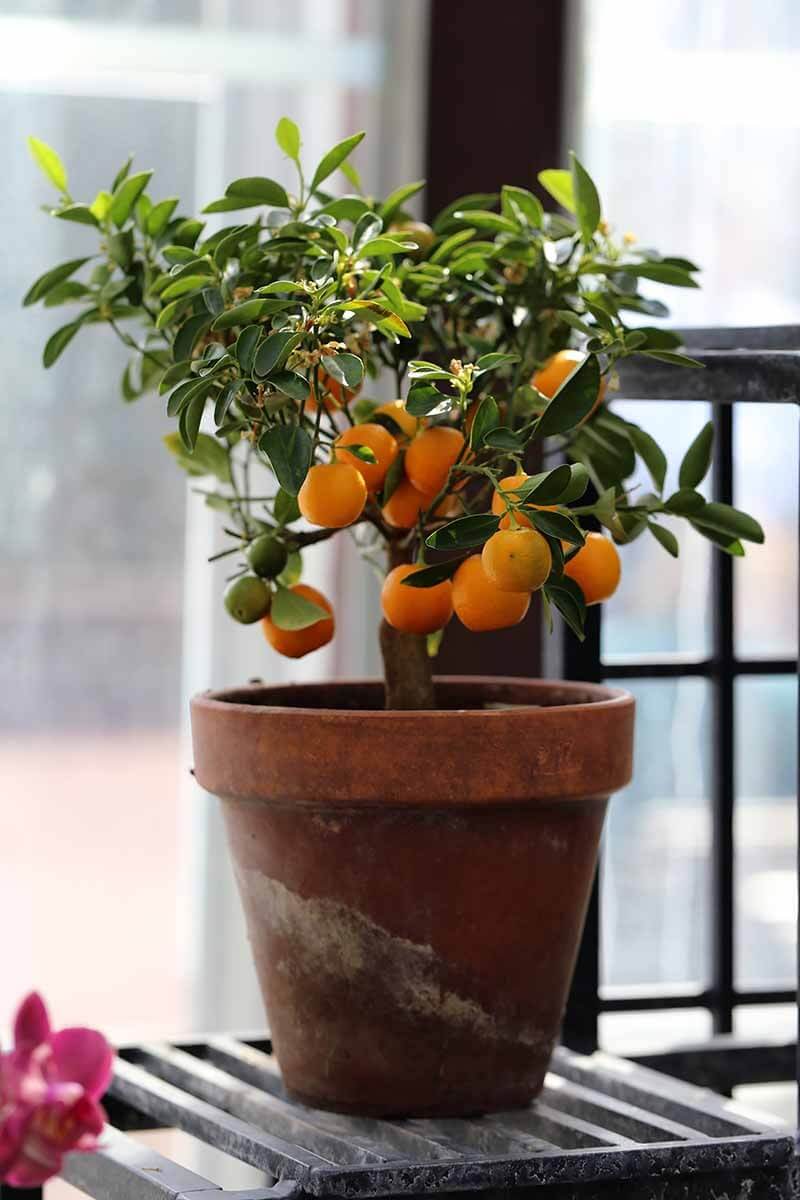
Citrus plants, such as lemon, orange, and grapefruit trees, emit sweet, refreshing scents from their blossoms and leaves. Many citrus varieties can produce edible fruits when properly cared for indoors.
- Care Tips: These plants need at least eight hours of sunlight daily, so place them near a sunny window or use grow lights. Water them weekly, ensuring the soil is well-draining. Move them outdoors during warmer months for pollination and growth.
7. Tea Rose Begonia (Begonia x semperflorens-cultorum)
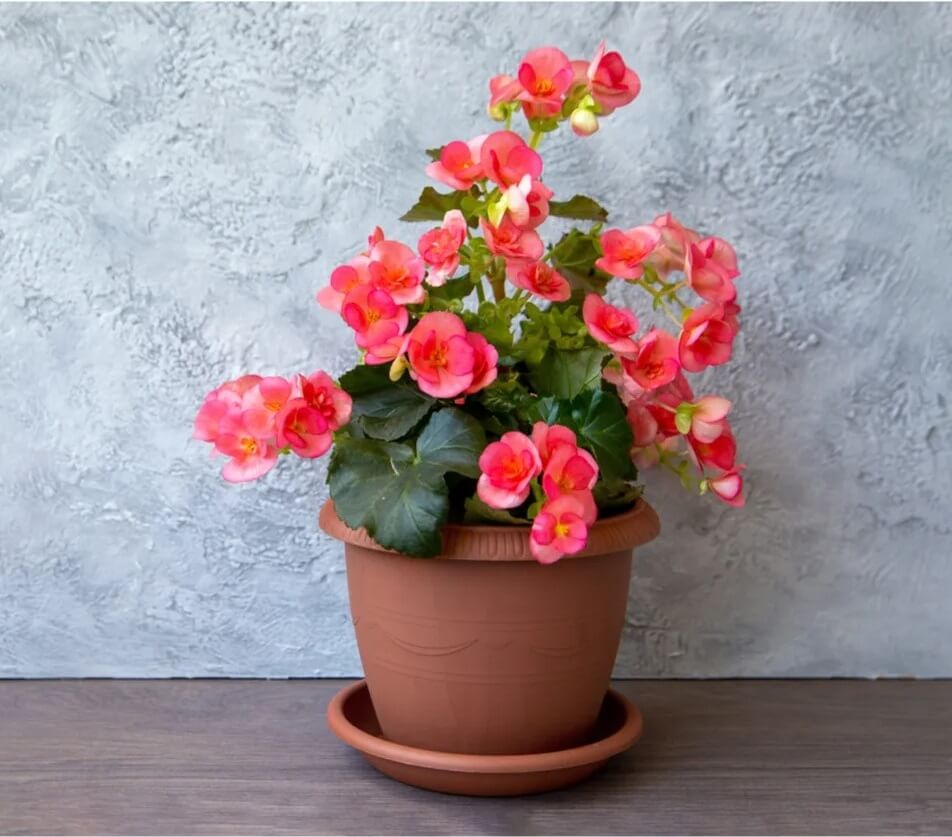
Tea Rose Begonias are prized for their soft, floral fragrance and attractive blooms. Their scent adds a subtle elegance to any room. They’re perfect for tabletops or shelves where their beauty and scent can be appreciated up close.
- Care Tips: These begonias prefer bright, indirect light and well-draining soil. Keep the soil consistently moist but not waterlogged. Regular pruning encourages new growth and blooms.
8. Mint (Mentha spp.)
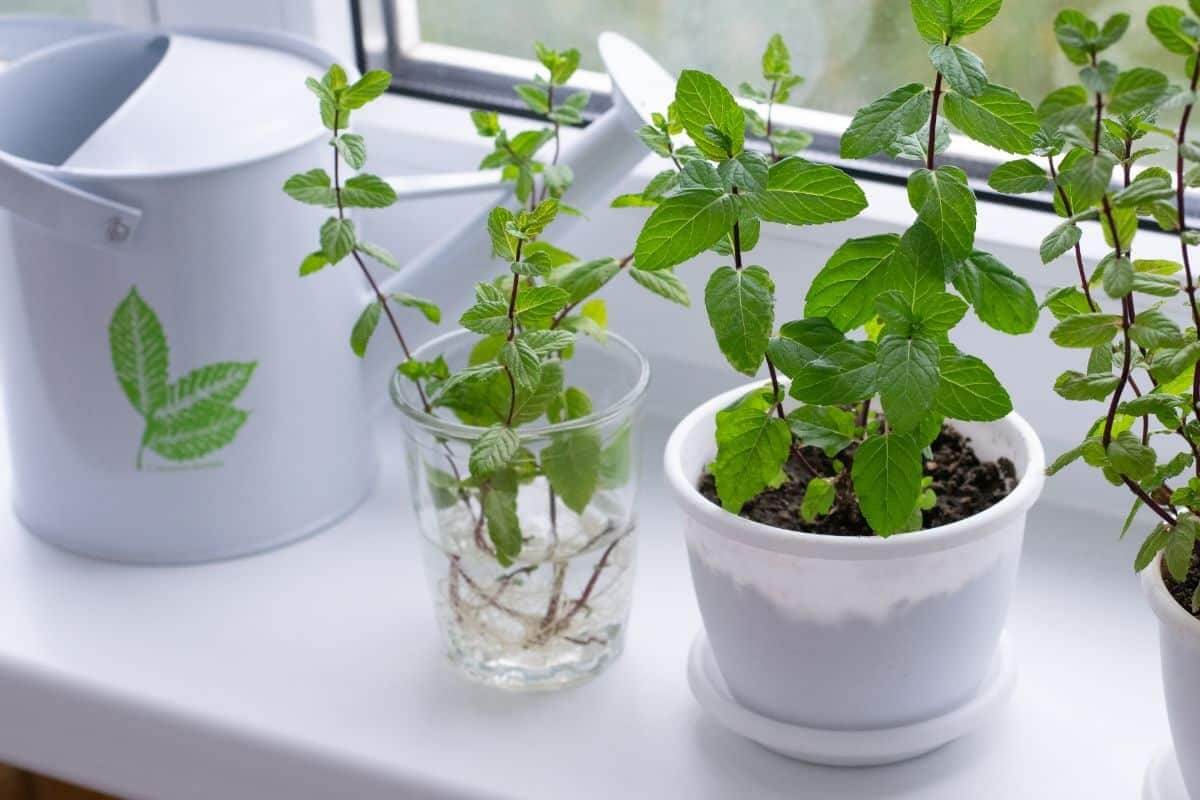
Mint plants, such as peppermint and spearmint, release a refreshing, clean aroma that can invigorate your space. They’re also great for culinary uses. Place mint plants in the kitchen for easy access to fresh herbs while cooking.
- Care Tips: Mint requires bright, indirect light and frequent watering to keep the soil consistently moist. Pinch off the leaves regularly to encourage bushy growth.
9. Passionflower (Passiflora caerulea)
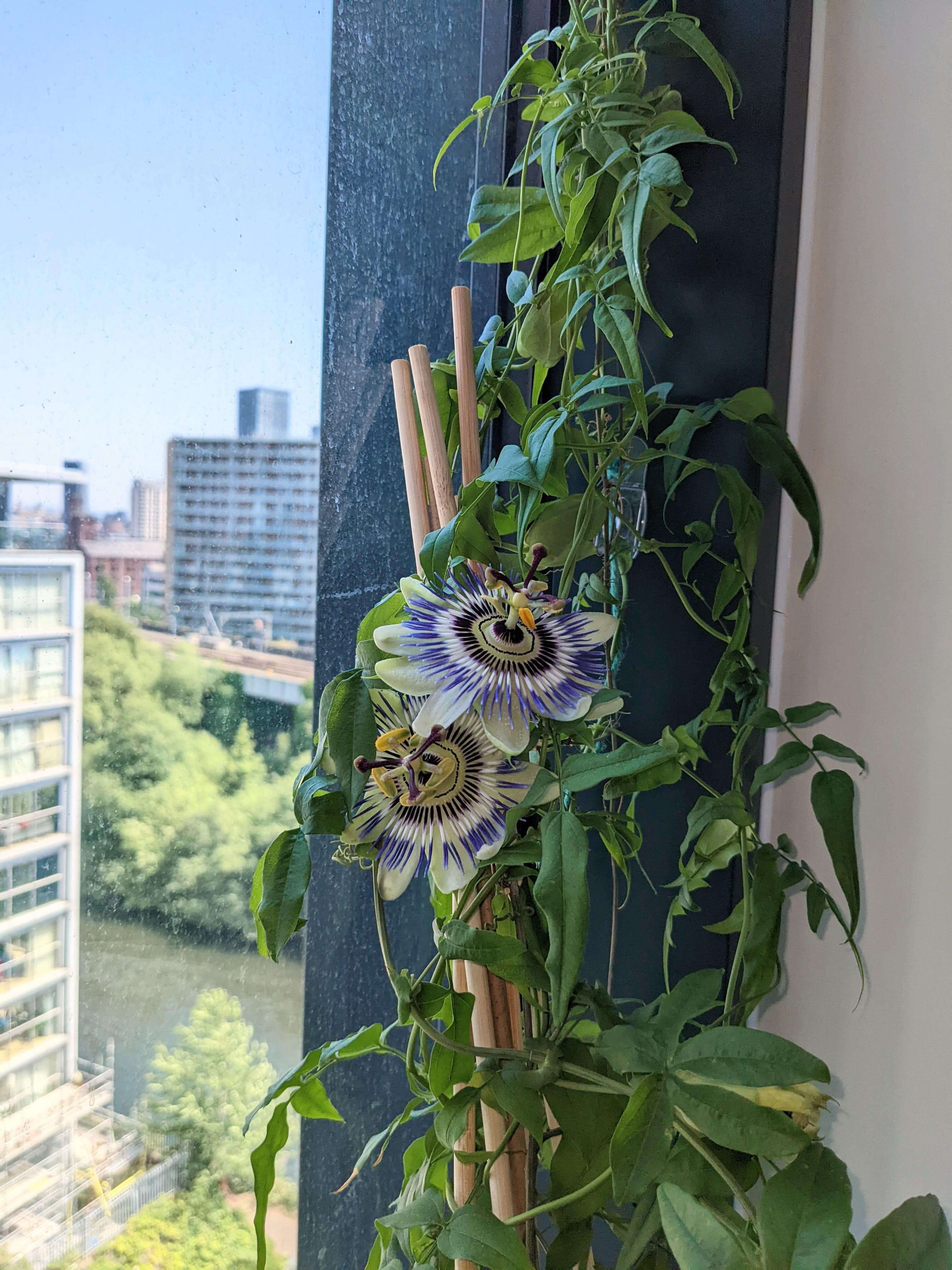
Passionflower offers a fruity-floral fragrance and striking, intricate blooms. This perennial woody vine can bring a touch of the tropics to your home. Its exotic scent is especially noticeable in the evening, creating a relaxing ambiance.
- Care Tips: Passionflowers need plenty of sunlight, high humidity, and moist but well-draining soil. Regular pruning encourages more frequent blooms and keeps the plant manageable.
Incorporating fragrant houseplants into your home can elevate your living space, providing both aesthetic and aromatic benefits. Choose the plants that suit your environment and lifestyle, and enjoy the natural scents they bring. With proper care, these plants will thrive and fill your home with their delightful fragrances year-round.

